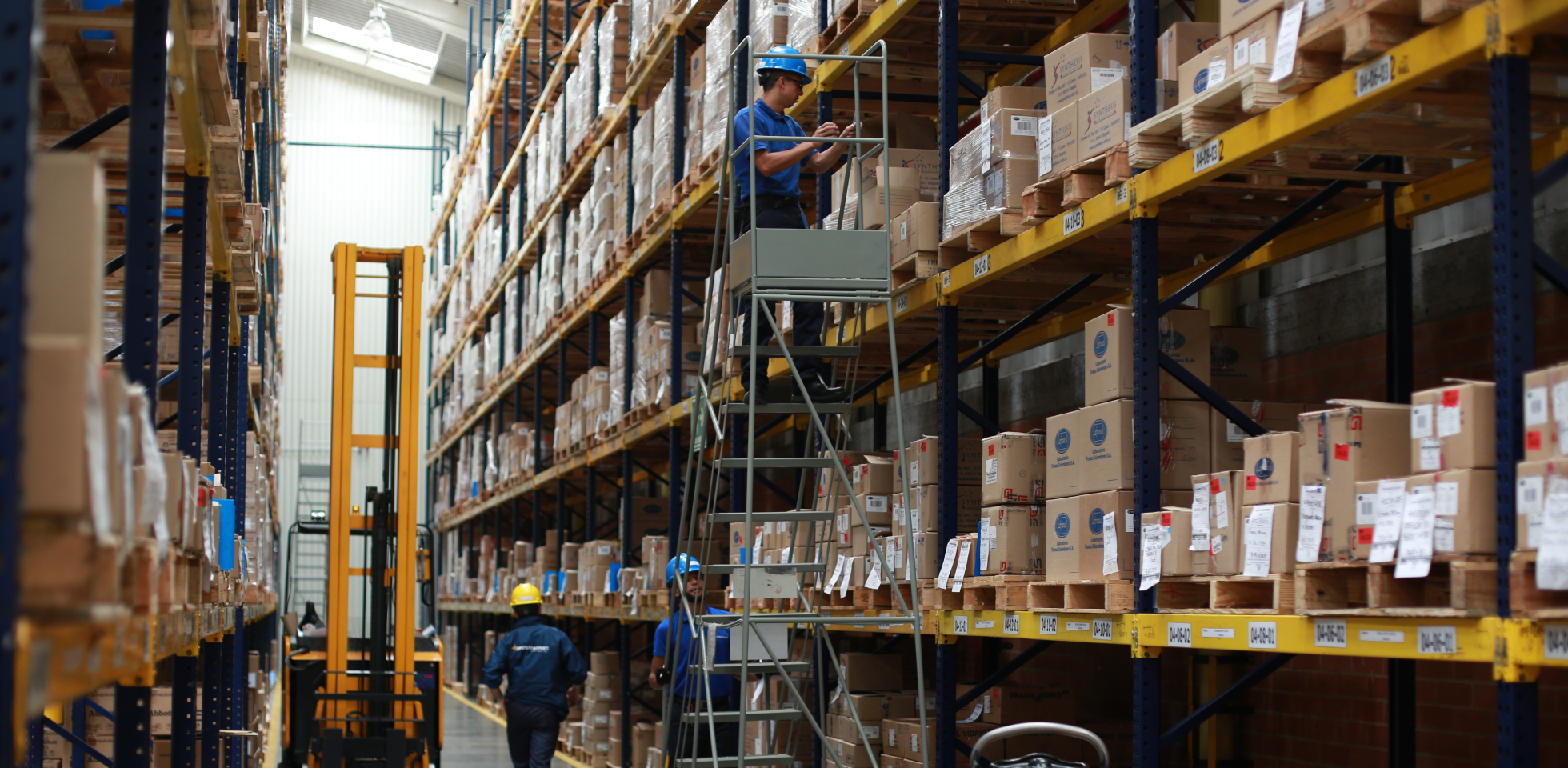Efficient inventory management is a key element of corporate success in the logistics and supply chain management environment. Efficient management prevents the dreaded out-of-stocks and drives profitability and customer satisfaction. In this article, we'll explore key strategies to optimize your inventory management and take your business to the next level.
Understanding the importance of optimal inventory
Before we dive into strategies, it's critical to understand what exactly optimal inventory is and why it's so crucial to your business.
Optimal stock in a warehouse refers to the ideal inventory level to efficiently meet product demand while minimizing the costs associated with storage and inventory management. This delicate balance considers factors such as predictable demand, supplier lead times, storage costs, and the need to avoid shortages. (Blog - Ar-Racking)
Effective inventory management ensures that your products are available when customers need them, optimizes your cash flow and improves operational efficiency. Inventory optimization goes beyond keeping shelves tidy: it is a key strategy for any company looking to maximize efficiency and profitability. (Blog - Valerdat)
Strategies to avoid stock-outs
Stock-outs, defined as the inability to meet customer demand due to the absence of merchandise in the warehouse, can have devastating consequences for your business. Here are some effective strategies to prevent it:
- Implement a robust inventory management system
An efficient inventory management system is your first line of defense against stock-outs. Consider implementing a perpetual inventory system, which allows you to constantly track product receipts and issues. This approach provides you with a real-time view of your inventory, allowing you to make informed and proactive decisions. (Blog - Solistica)
- Use the ABC method to prioritize your inventory
ABC analysis is a powerful tool for stock optimization. This method classifies your products into three categories according to their value and importance:
- Products A: The most valuable, requiring rigorous management.
- Products B: Of medium importance.
- C products: The least critical, but still require supervision.
This classification allows you to adjust stock levels and replenishment frequency for each category, thus optimizing your resources and reducing the risk of stock-outs on your most important products. (Blog - Valerdat)
- Establish an adequate safety stock
Safety stock acts as your safety net against unforeseen fluctuations in demand or delays in the supply chain. To calculate it, you can use the following formula:
Safety Stock = Z x σ x σ x √T
Where:
- Z = Safety factor based on the desired level of service.
- σ = Standard deviation of demand
- T = Lead time
Regularly adjust your safety stock based on demand variability, supplier reliability and your service level objectives. (Blog - Solistica)
- Improve demand forecasting
Accurate demand forecasting is critical to maintaining optimal inventory levels. Use advanced analytical tools and leverage historical data to generate more accurate forecasts. Efficiency and speed are essential to the survival and success of any business, so effective inventory management becomes a cornerstone of operational strategy. (Blog - Acrosslogistics)
Optimizing for profitability
Efficient inventory management prevents stock-outs, it can also significantly boost your profitability. Here are some additional strategies to maximize your profits:
- Implement a just-in-time (JIT) inventory system.
The Just in Time (JIT) model can be particularly beneficial in sectors such as automotive or technology. This approach minimizes inventory held, reducing storage costs and the risk of obsolescence. However, it requires precise coordination with suppliers and detailed logistics planning. (Blog - Valerdat)
- Optimize inventory turnover
Increasing your inventory turnover frequency can significantly improve your cash flow and reduce warehousing costs. Work closely with your sales team to align production with actual market demand. (Blog - Valerdat)
- Leverage technology
Implementing advanced technologies such as artificial intelligence (AI) and machine learning can revolutionize your inventory management. These systems can analyze large volumes of data in real time, providing valuable insights for decision making and continuous optimization of your inventory. (Blog - Solistica)
- Monitor key KPIs
Keep full attention on the key performance indicators (KPIs) related to your inventory. Some crucial KPIs include:
- Inventory volume
- Inventory turnover rate
- Holding costs
- Average days to sell inventory
Constant monitoring of these indicators will allow you to identify areas for improvement and make informed decisions to optimize your inventory management. (Blog - Solistica)
Continuous improvement and customization: The key to successful inventory management
Optimizing your inventory management is an ongoing process that requires constant attention and regular adjustments. By implementing these strategies, you will avoid stock-outs, while significantly improving the profitability of your business and the satisfaction of your customers.
Remember, every business is unique and may require a customized approach.
At Solistica, we have the expertise and tools to optimize your supply chain and maximize your operational efficiency - contact us today and find out how we can help you transform your inventory management into a competitive advantage!





